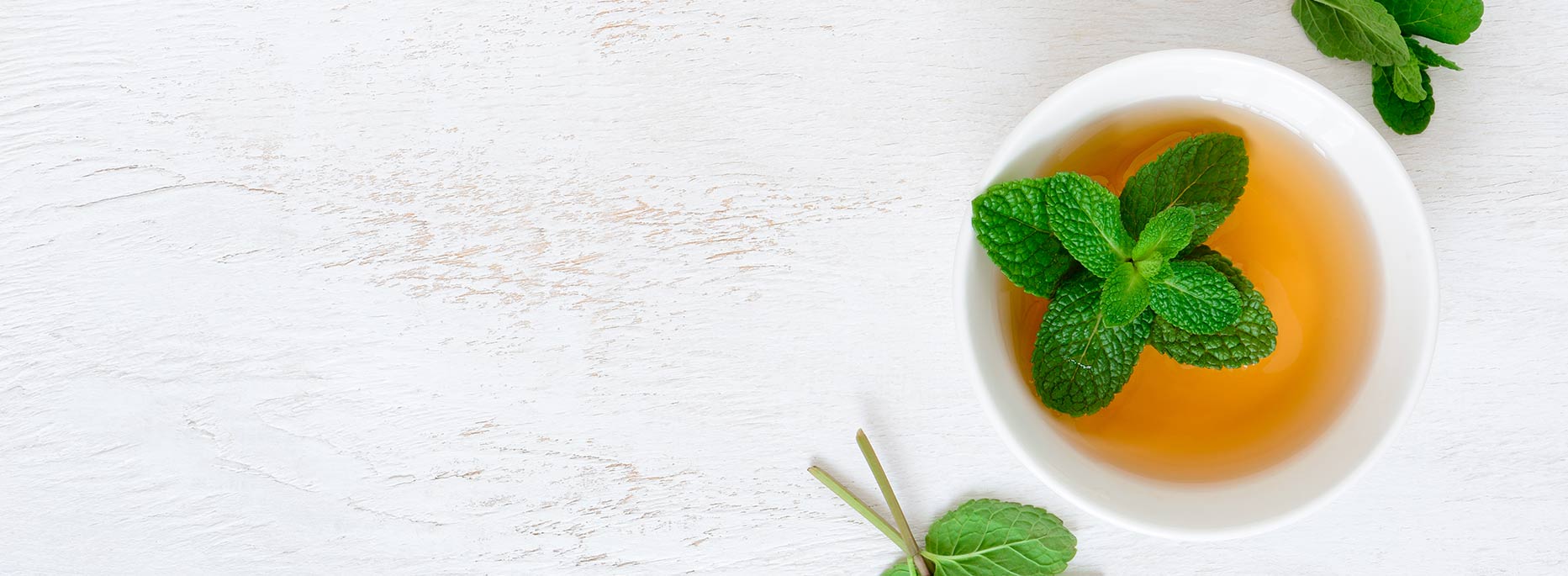
**
COMMON NAME: Monarch butterflies
SCIENTIFIC NAME:Â Danaus plexippus
TYPE:Â Invertebrates
DIET:Â Herbivore
GROUP NAME:Â Flutter
AVERAGE LIFE SPAN:Â Six to eight months
SIZE:Â Wingspan, 3.7 to 4.1 inches
WEIGHT:Â 0.0095 to 0.026 ounces
SIZE RELATIVE TO A TEACUP:

The Monarch is pretty darn bad a$$ if I do say so myself. They are a beautiful orange , black and white. They stand out, but that doesn’t make them easy targets for predators: They are highly toxic. Why? The answer is milkweed. This is the only host plant of the Monarch, meaning the only plant that the female butterfly will lay her eggs on, and the only plant that the tiny Monarch caterpillar will eat. This plant is not toxic to them, but it is to anyone else who tries to take a bite.
Back to the Monarch migration. Any monarch that emerges in early spring or summer only lives for about two to six weeks. Monarchs that emerge in late summer or early fall live for eight months. Why? This is due to lower levels of a hormone, called juvenile hormone. These individuals are reproductively immature (the females do not produce eggs and the males have undeveloped reproductive organs). It is this species who make their way south. The Western monarchs will go to Southern California, and the Eastern Monarchs will fly to the mountains of central Mexico.
How do they find their way? The sun and an internal magnetic compass. How cool is that?! Watch the included youtube video for a more details.
Once spring arrives, the butterfly’s will gain the hormone that was lacking, and mate. They will leave the fir forests and the females will lay eggs. This generation will die, and the new generation will make their way back to the United States and Canada. This can take up to 6 generations! How cool is it that the generations know to continue the journey back home, and the exact route to take. Pretty amazing!
Unfortunately the Monarch needs our help due to a lack of milkweed and climate change. We have the power to help plant native milkweed and conserve energy. Look up native milkweed for your area.
January 27, 2021